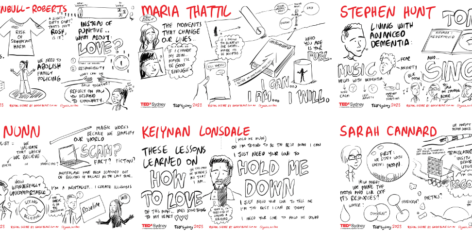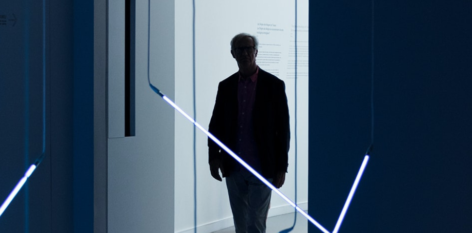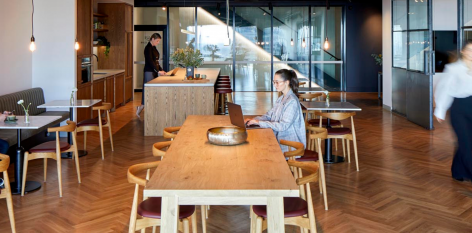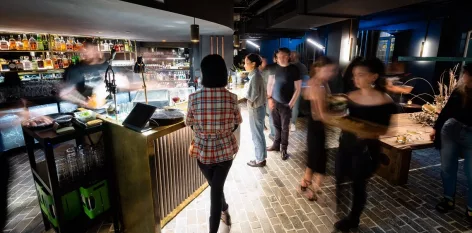As we find ourselves at a pivotal juncture in our collective history, with the fate of our environment and the well-being of future generations hanging in the balance, the theme of Tipping Point at TEDxSydney carries profound significance. It prompts us to delve into the transformative potential of art and design in shaping a sustainable future.
Art and Design as Catalysts for Change:
Art and design have always possessed the power to challenge conventions, evoke emotions, and provoke thought. In the face of pressing environmental challenges, artists and designers are leveraging their creative abilities to inspire action and drive positive change. Through their work, they instigate conversations, raise awareness, and cultivate empathy, fostering a collective consciousness that embraces sustainability and ensures a brighter future for all.
Preserving Our Environment:
At the heart of the sustainability movement lies the urgent need to protect and restore our environment. Art and design play a pivotal role in raising awareness about ecological issues and inspiring individuals to take action. Artists create powerful visual narratives that depict the beauty of our planet, highlight the threats it faces, and emphasise the interconnectedness of all living beings. Designers, on the other hand, pioneer innovative solutions that reduce waste, promote renewable energy, and champion sustainable practices in industries ranging from fashion to architecture.
Reimagining Our Cities:
As urbanisation accelerates, the need to transform our cities into sustainable, livable spaces becomes paramount. Art and design offer a unique lens through which we can reimagine our urban landscapes. From interactive installations that promote public engagement with sustainability to urban gardening initiatives that foster food security, artists and designers are reshaping cities into vibrant, resilient ecosystems. By incorporating sustainable materials, green spaces, and efficient infrastructure, they create environments that prioritise the well-being of both humans and the natural world.
Empowering Future Generations:
Sustainability is not merely a buzzword; it is an ethos that must be passed on to future generations. Art and design have the potential to empower and educate young minds, cultivating a deep appreciation for the environment and inspiring them to become stewards of change. Through creative educational programs, art installations, and design thinking workshops, we can instill in children and young adults the values of sustainability, nurturing a generation that is committed to protecting the planet and finding innovative solutions to global challenges.
Promoting Social Equity:
A sustainable future necessitates addressing social inequities and ensuring the well-being of all individuals. Art and design serve as powerful tools for social activism and advocacy, shedding light on systemic inequalities and giving voice to marginalised communities. Artists create poignant works that challenge prejudice, promote inclusivity, and ignite conversations about social justice. Designers, meanwhile, pioneer solutions that address issues such as access to clean water, affordable housing, and healthcare, ensuring that sustainability encompasses not only environmental concerns but also social equity.
Fostering Interdisciplinary Collaboration:
The journey towards a sustainable future requires collaboration and synergy across diverse fields. Art and design act as bridges, connecting science, technology, policy, and community engagement. Through interdisciplinary collaborations, artists, designers, scientists, engineers, and policymakers can leverage their unique perspectives and expertise to tackle complex challenges. By fusing aesthetics, functionality, and sustainability, they create innovative solutions that have a lasting positive impact on our environment and society.
As we approach the tipping point in our journey towards a sustainable future, art and design emerge as catalysts for change. Through their creativity, vision, and ability to inspire, artists and designers bridge the gap between imagination and tangible solutions. They bring awareness to environmental issues, reimagine our cities, empower future generations, promote social equity, and foster interdisciplinary collaboration. By embracing art and design as drivers of change, we can create a world that thrives in harmony with nature, one where future generations inherit a planet that is sustainable, equitable, and filled with boundless possibilities.






